SCORSESE SHORTS (1963-1978)
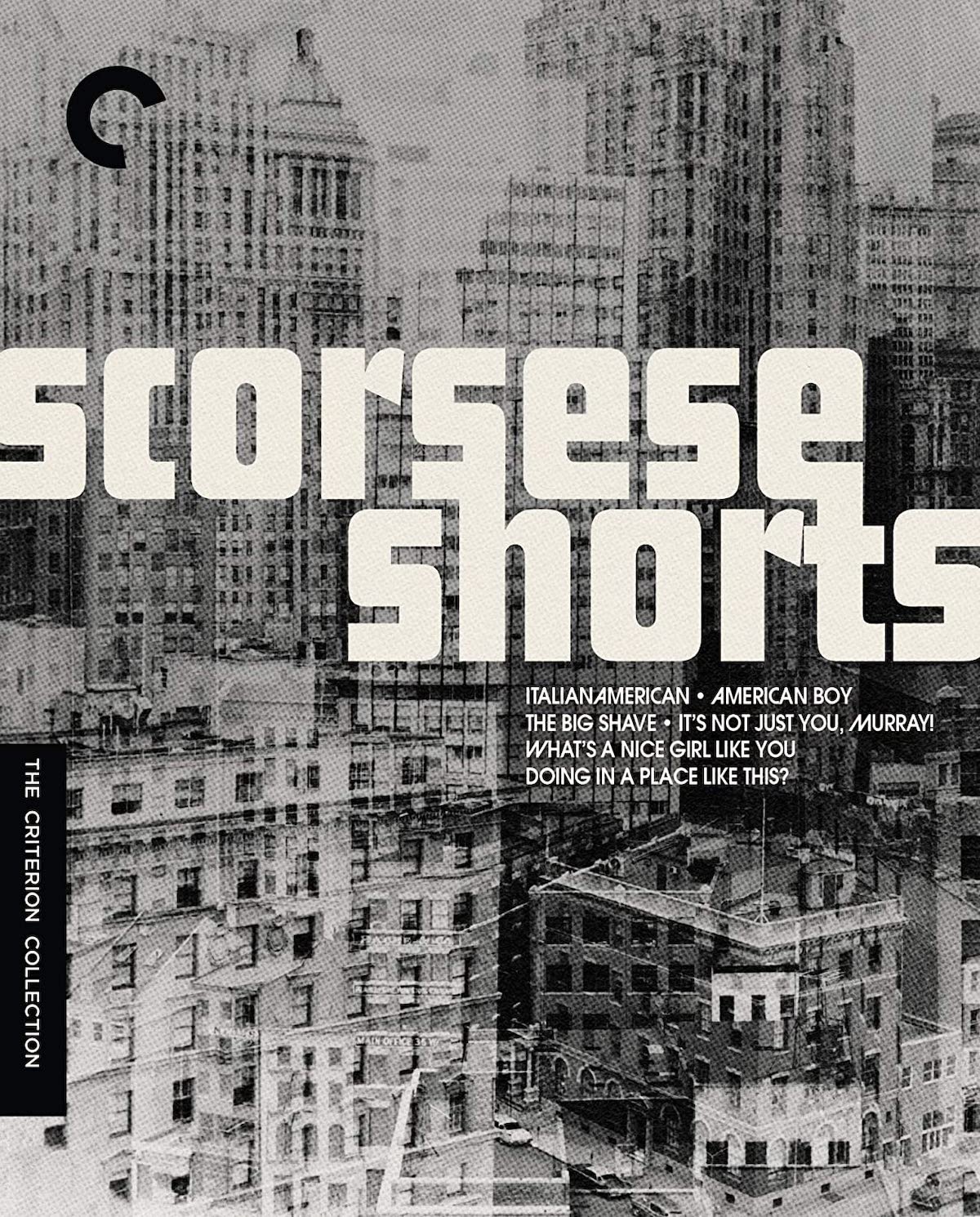
Where to begin with Martin Scorsese? Perhaps one of the greatest and most influential directors in cinema history, he’s made some of the most acclaimed films of the past 40 years. From boxing biopic Raging Bull (1980) and classic gangster movie Goodfellas (1990), right through to his more recent and sombre crime epic The Irishman (2019), Scorsese’s a name that appears time and again when people list their favourite films. But where did it all begin?
Before directing his first major feature film Mean Streets (1973), Scorsese was experimenting with filmmaking in the 1960s while studying at New York University. Now, some of his early short films are being added to the Criterion Collection, and they offer unparalleled insight into this auteur’s early years.
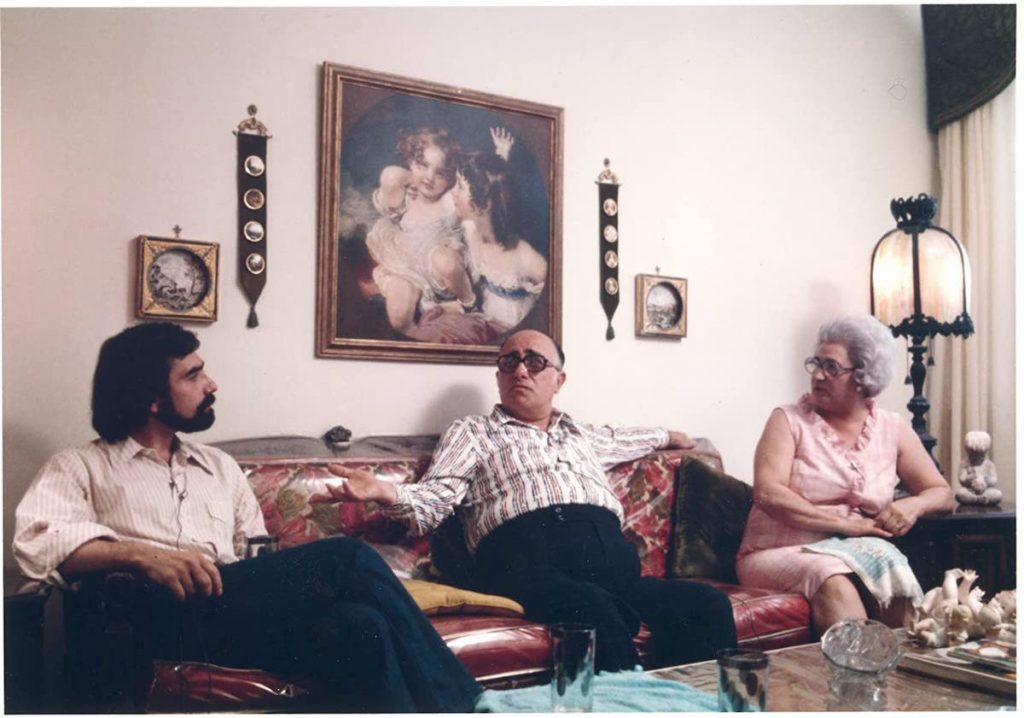
When Bong Joon-ho swept the Academy Awards with Parasite (2019), he paid tribute to Scorsese as he collected the Oscar for ‘Best Director’, quoting him by saying “the most personal is the most creative.” And it doesn’t get more personal than Scorsese’s short film Italianamerican. From this alone, one can tell Scorsese has taken so much from his personal world and put it into his films. After all, many of his pictures explore themes of Italian-American identity, to the extent that his parents even featured in some of his films—most notably Goodfellas where his mother Catherine played the mother of Joe Pesci’s character, and his father Charles played Vinnie (the man making the tomato sauce during the infamous prison cooking scene.) Hopefully, he didn’t put too many onions in it…
Now that both of his parents have passed away, Italianamerican feels like a homage to them both. Throughout the short, they tell stories of Martin’s extended family, their travels across the Atlantic on month-long boat trips, the clashes with Irish neighbours when the Italians first came to New York, and of home life in Sicily. I could listen to Catherine and Charles Scorsese talk for hours. Italianamerican ends beautifully with Catherine telling a story about a fig tree her father tended to back in Italy, and how after her mother died the tree stopped blooming. Interestingly, after the film ‘ends’, panning out to a black-and-white photo of her, it suddenly continues, and shows that Catherine was the exact same ‘off-camera’ as she was on it. Viewers even get a copy of her tomato sauce recipe in the closing credits!
In his earlier student films What’s a Nice Girl Like You Doing in a Place Like This? (1963) and It’s Not Just You, Murray! (1964), there’s a clear influence of the French New Wave with their use of jump-cuts, experimental editing and lighting, and the general homemade quality. But throughout all of the shorts in this collection, one can see Scorsese developing the filmmaking style we’d come to know and love. Many of them use forms of narration which break the fourth wall, exhibit clean editing and have camera movements that are recognisable from Scorsese’s Hollywood pictures. There are even specific shots and sequences that Scorsese recycled in his later movies. Scorsese’s a master of the montage, and these are prevalent throughout all these five shorts, but perhaps the most iconic one is the ‘home video’ montage in Italianamerican, which is reused in Raging Bull—right down to the shot up the staircase and on to the tenement roof.
USA | 1974 | 49 MINUTES | 1.33:1 | COLOUR | ENGLISH
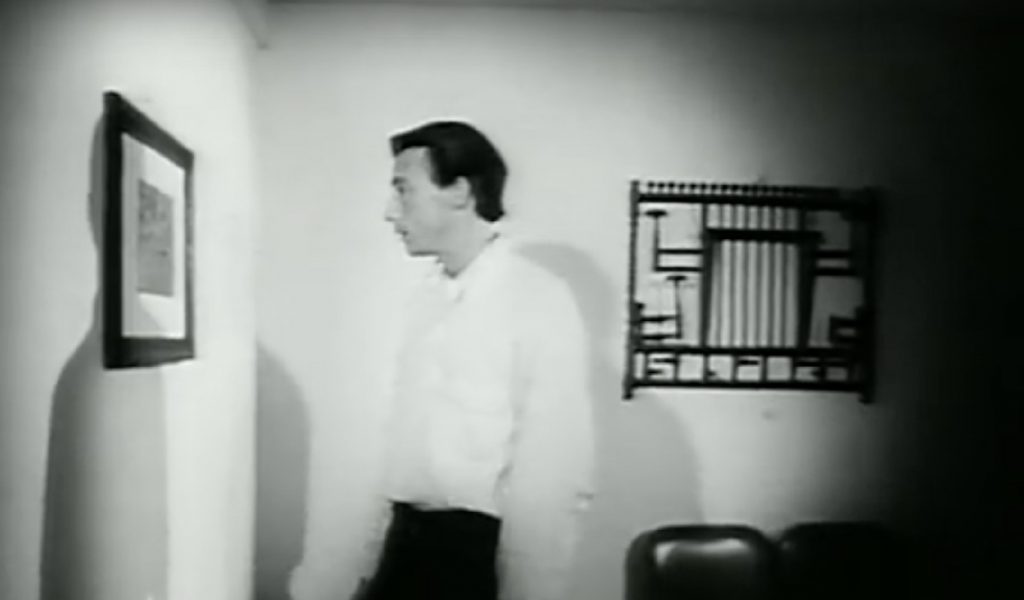
Although they may be more experimental than his later work, instances of modern-day Scorsese can be seen even in these two student films of his. What’s a Nice Girl Like You Doing in a Place Like This? sees a young writer move into his own studio apartment in New York, but after he buys a painting of a boat and hangs it on his wall, he becomes obsessed with it to the point that normal life becomes impossible. This is perhaps Scorsese’s most abstract and surreal work, with a twist at the end reminiscent of Shutter Island (2010). It may not be his most entertaining short, but it’s still certainly funny, well-paced, and playful in its filming techniques. Worth a watch for any serious Scorsese fans.
USA | 1963 | 10 MINUTES | 1.33:1 | BLACK & WHITE | ENGLISH
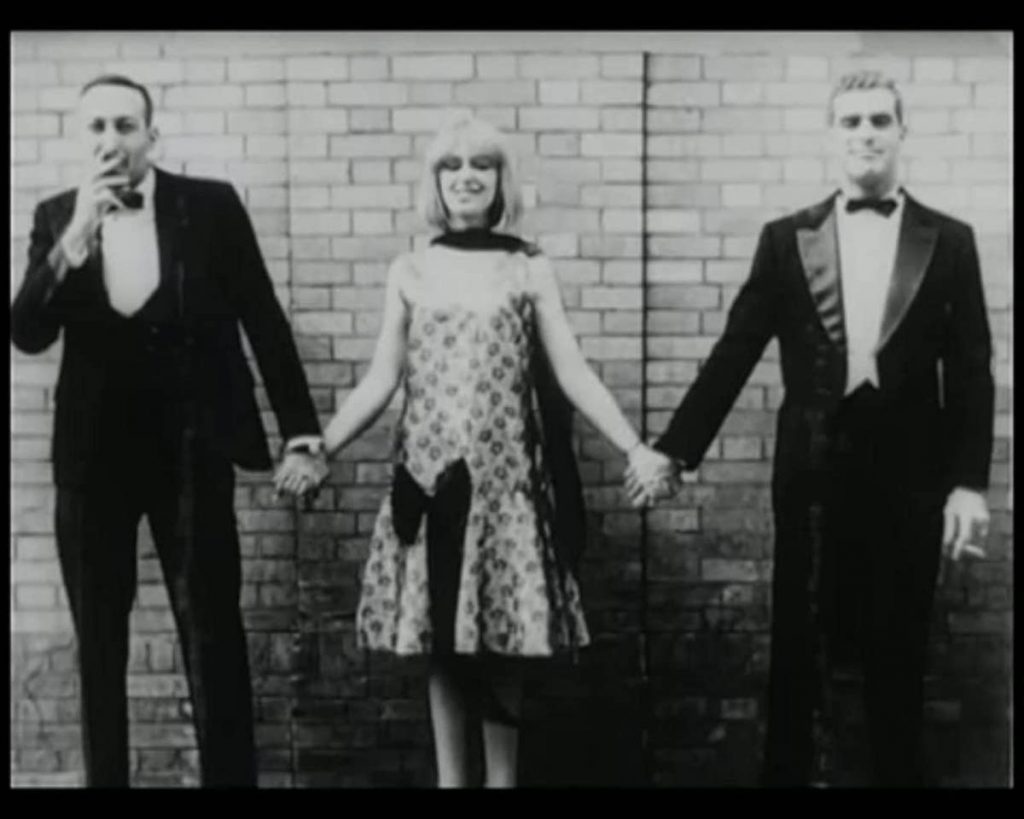
It’s Not Just You, Murray! sees Scorsese lean slightly more into what viewers are used to seeing from him today: the mobster movie. It even follows a story all too similar to a Scorsese film: the rise and fall of a man and the story of how he made it to the top. This short film follows Murray, a New York mobster, as he looks back on his life—how he started out as a bootlegger and how he got to be in his position of power and wealth (a la Goodfellas, The Wolf of Wall Street, Raging Bull, etc.) Conflict arises from his friend Joe, who Murray leans on for support after Joe sleeps with his wife. This film is particularly interesting as it feels like the missing piece in the jigsaw in Scorsese’s filmography. It acts as the stepping stone from more experimental student film to finding an established comfort zone. Although there are still evident influences of European cinema here, the themes of the criminal life and masculinity, coupled with the narration, make this a truly Martin Scorsese picture.
USA | 1964 | 16 MINUTES | 1.33:1 | BLACK & WHITE | ENGLISH

The Big Shave, on the other hand, at just five-minutes long, is like an entire montage in and of itself. Acting as an analogy for the Vietnam War, it sets up a pristine, perfectly clean bathroom before a man begins shaving… only he keeps on shaving and shaving until he’s taking his own skin off! (One wonders upon viewing this what a Scorsese horror film might look like!) It’s methodical and composed, and echoes such sequences as when Frank is choosing which gun to use for a hit in The Irishman or the iconic cooking in prison scene in Goodfellas. The final shot sees blood running down the young man’s chest, which those who’ve seen Raging Bull might recognise from the frame of the blood and sweat running down Jake LaMotta’s chest as he’s pummelled in the ring.
USA | 1967 | 5 MINUTES | 1.33:1 | COLOUR | ENGLISH

Some of these short films are hard to come by online, and American Boy is especially rare—well, in good quality. This documentary is a profile of Steven Prince, a former heroin addict and tour manager for Neil Diamond who played the gun dealer Easy Andy in Taxi Driver (1976). There are a few instances when Scorsese is on camera and you can see him subtly directing Price and his friends as they exchange stories. Price himself is full of the most fascinating stories, and it feels like a shame this eccentric individual wasn’t given the chance to feature in more of Scorsese’s movies. As far as the filmmaking goes for this, there’s not as much to it as the other films other than the occasional zoom into Price’s face when he muses on something poignant he’s just said, but it makes for some wild stories to listen to nonetheless.
One thing which is abundantly clear throughout this fascinating box-set is that Martin Scorsese’s grown up with and been surrounded by incredible storytellers. Whether it’s his mother Catherine telling tales about family life back in Sicily, or Steven Price explaining how he once had to revive a woman overdosing on heroin with a shot of adrenaline (which acted as the inspiration for the infamous scene in Quentin Tarantino’s Pulp Fiction), this has clearly fed into his work, both through himself in the stories he tells, and in the characters which feature within them. Anyone looking to truly understand the evolution of this great auteur would do well to start with this box-set.
USA | 1978 | 55 MINUTES | 1.33:1 | COLOUR | ENGLISH

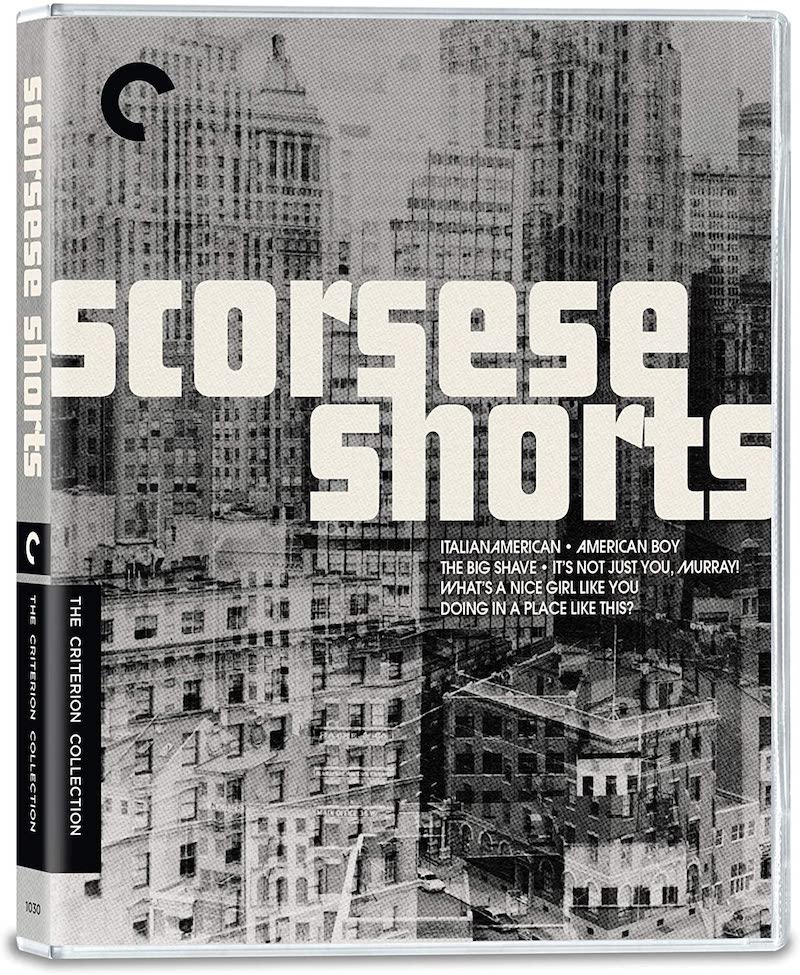

director: Martin Scorsese.
writers: Martin Scorsese, Mardik Martin (Murray, Italianamerican, American Boy*), Lawrence D. Cohen (Italianamerican) & Julia Cameron (American Boy*).
starring: Martin Scorsese (Italianamerican, American Boy), Catherine Scorsese (Italianamerican), Charles Scorsese (Italianamerican), Steven Prince (American Boy), Julia Cameron (American Boy), Madik Martin (American Boy), Peter Bernuth (Shave), Ira Rubin (Murray), Sam DeFazio (Murray), Andrea Martin (Murray), Zeph Michaelis (Nice Girl), Mimi Stark (Nice Girl) & Sarah Braveman (Nice Girl).
* = written treatment
